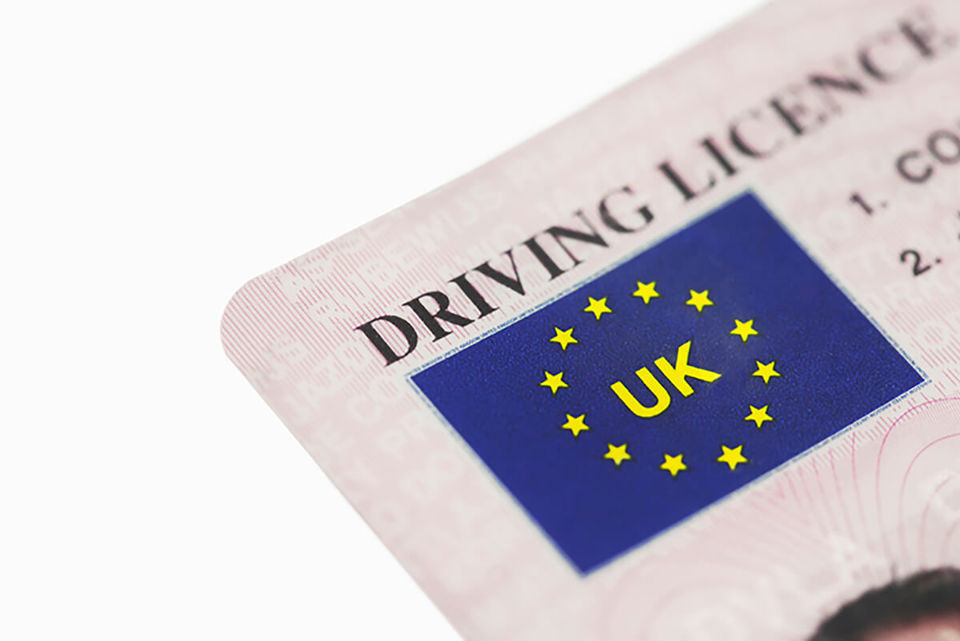Leigh Stiff, fleet manager at Hannaford, added: “Giving somebody 12 points and letting them continue driving makes a total mockery of the system.”
However, former traffic police officer and road risk manager at CE Electric, Chris Charlton, said he was unsure whether an automatic ban was right for everybody.
“I agree with Brake that I don’t think this is what was ever intended when ‘exceptional hardship’ was introduced,” said Charlton. “Perhaps, it would be a case of getting the courts to toughen up with more rigid criteria when applying exceptional hardship.”
CE Electric, similar to many responsible fleets, carries out licence checks on its drivers on an annual basis. However, drivers with six to eight points are checked every six months, while those with nine or more points are checked every three months.
Research from CFC Solutions of fleet drivers on its Licence Link software revealed 15% of all drivers had points on their licence.
Neville Briggs, managing director at CFC, said that among the tens of thousands of company car and van drivers who were checked using its Licence Check software, only three had more than 12 points.
“It does prompt a question for fleet managers – do you continue to employ a driver with more than 12 points because they represent such a risk to your company and would it be legal for you to dismiss them?
“Probably the best way for fleet managers to circumvent this problem is by writing something into employee contracts stipulating that there is an option to dismiss an employee if they rack up more than 12 points. Certainly, if you continued to employ a driver who racked up 15-20 points and that person then caused a serious accident, you would probably be on shaky ground from a duty of care point of view.”















bamford59 - 03/11/2011 08:23
I agree that drivers should be automatically banned when reaching 12 points, otherwise where's the deterrent?